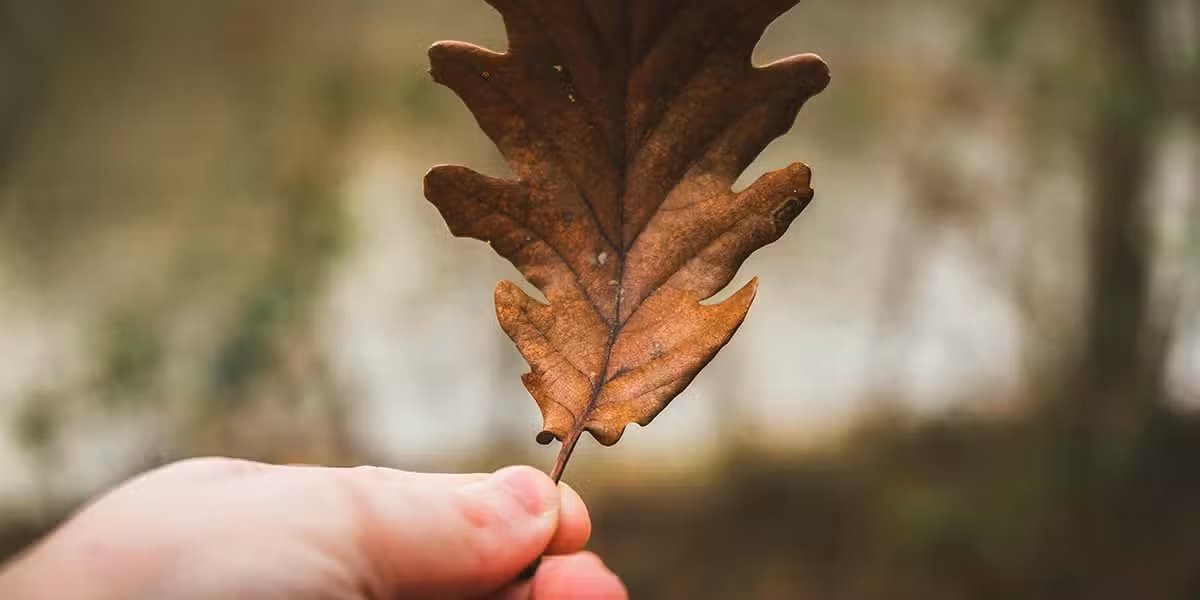“Not all those who wander are lost,” J.R.R. Tolkien once wrote. Hanging in our house is a large corkboard map of the United States. On the board are various pins placed on locations across the country, each one marking a place to which we have traveled.
Our family loves to hit the road. In fact, my husband, Mark, is famous among family and friends for the trips he plans. Not only does he find the best locations for us to visit, but he also finds many interesting and unique stops along the way.
Before we even had kids, Mark and I were determined to raise them to be explorers of the world around them. And apparently it has worked. One of our kids has moved to Florida; another attends school in Arizona. Our third child has plans to study abroad. Our children have been raised on road trips, beginning with our oldest daughter, Maddie. When she was only 6 months old, we packed her up, along with the portable crib, and headed north to Upper Michigan.
With the birth of each subsequent kid, the car became louder and fuller, but still we went. Over the years, our family of six has taken in national parks, beaches, amusement parks, and much more.
Joy and Pain
We are very aware of how blessed we are to be able to go on such adventures and have always made that clear to our kids. In that spirit, Mark and I took great care in not only showcasing the highlights and beauty of our country, but also helping the kids see the larger picture of the world and our nation, including the more difficult aspects.
In order to do so, we often planned stops at places that carried with them important lessons. For instance, in addition to taking them to the National Museum of Natural History in Washington, DC, we also took them to the US Holocaust Memorial Museum. On our way back from a trip to the beach, we stopped at the site of the 16th Street Baptist Church bombing in Montgomery, Alabama. We walked around the nearby square, viewing statues and displays that conveyed the story of the civil unrest that followed.
Some of the things they have seen that have given them pause to reflect have not been sites, though, but rather situations. While driving our son to college, for the first time they witnessed the reality of slaughterhouses. And they saw firsthand the situation at the border during one of our trips. Each experience has led to profound conversations and reflections among us—conversations that very well may have never happened had they not been prompted by those experiences.
As our kids grow older, they have begun their own adventures. Mark and I take great pride in their desire to explore the world around them, taking in the fun and beauty while also facing the hard realities within those experiences. For it is only through doing so that any of us can truly open our eyes and see the whole picture.
Sidebar: Explore the Catholic World
In the late 1980s, I lived in Brooklyn. I had a pretty nice, reasonably priced, one-bedroom apartment, but my neighborhood was, to be charitable, tired. On weekends, there was nothing of interest to keep me there, so I got in the habit of taking the subway under the East River to Manhattan.
The indispensable handbook to planning my weekend escapes was the American Institute of Architects Guide to New York City. It gave me an in-depth view of the history of New York City and an in-depth view of the evolution of architecture and design in the city. So I explored historic districts such as Greenwich Village, Murray Hill, Lower Manhattan, and even that tourist mecca, the South Street Seaport, which displaced the old Fulton Fish Market. (It’s nice enough in an outdoor shopping mall kind of way, but I say bring back the fish.
One of the surprises of the AIA Guide was the editors’ enthusiasm for Catholic churches and shrines in Manhattan. The main reason? When we Catholics build a church or chapel, we tend to fill it with cool stuff. e hire artists, sculptors, wood-carvers, and stained glass designers to make our churches beautiful.
In Manhattan, there are many churches that are just plain red brick outside, the kind of place that you might breeze right by without giving it a second look. But the AIA editors instructed me to step inside and see wonderful things, such as the massive mural of the crucifixion over the high altar of St. Stephen’s Church; the mural was commissioned from the Italian immigrant artist who painted the murals in the US Capitol. I was directed down to the Battery where, from the front steps of the little chapel built on the site of Mother Elizabeth Ann Seton’s home, you get a wonderful view of the Statue of Liberty and Ellis Island.
And at Old St. Patrick’s Cathedral, up one aisle and down the other, I found row upon row of statues of the saints, standing amid banks of real candles. For more than 200 years, Old St. Patrick’s has welcomed wave after wave of newcomers to America, from the Irish (during the Civil War, the Irish Brigade considered St. Patrick’s their spiritual headquarters), to the Italians, who gave us the annual Feast of San Gennaro, to the Chinese who attend Mass at the old cathedral today.
I’ve always liked tracking down the unexpected, and the AIA Guide directed my footsteps. One of my favorite walking tours was to the sites associated with Alfred E. Smith, the first Catholic to win the nomination for president he lost). Smith’s old neighborhood, once heavily Irish, is part of Chinatown now, but it still has the feel he would recognize—streets teeming with immigrants, tiny, crowded shops run by entrepreneurs from the old country, and noisy, crazy traffic. So, Al Smith’s neighborhood has changed, but not really. —Thomas J. Craughwell








